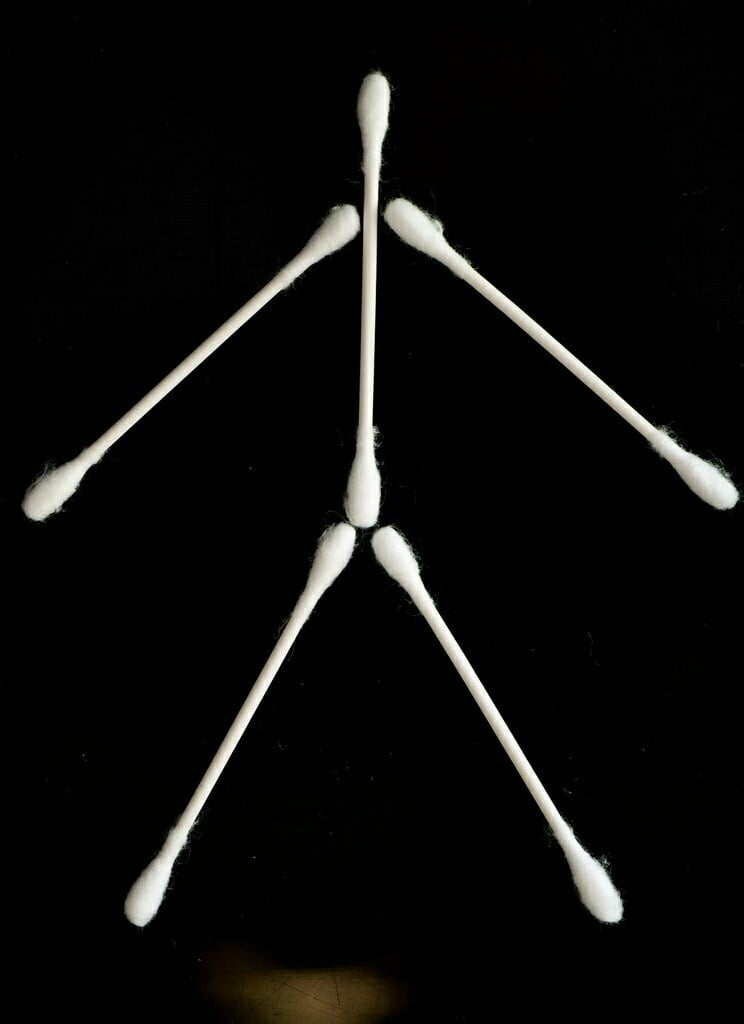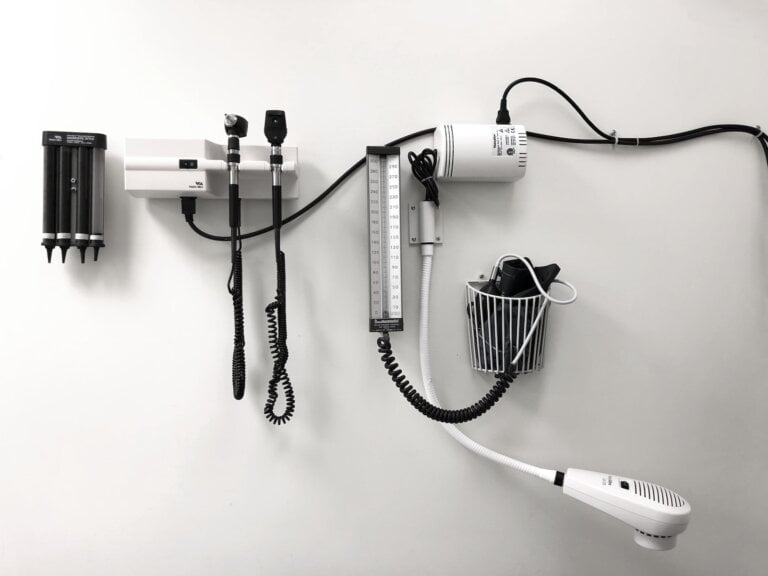Voice of the People: Analyzing Reviews of Manual Instrument Ear Wax Removal Practitioners
Ear wax buildup can be bothersome and may lead to discomfort and even temporary hearing loss. Many individuals turn to manual instrument ear wax removal practices to alleviate these symptoms. In this article, we will analyse reviews of manual instrument ear wax removal practices and explore the benefits, potential risks, and effectiveness of this method.
Understanding Manual Instrument Ear Wax Removal
Manual instrument ear wax removal involves the use of specialised tools to physically extract earwax from the ear canal. These tools typically include earwax scoops, loops, or curettes. While some individuals opt for at-home removal, it is important to note that seeking professional assistance from an audiologist or ENT specialist is recommended to minimise the risk of injury or damage to the ear.
Benefits of Manual Instrument Ear Wax Removal
- Efficiency: Manual instrument ear wax removal allows for precise targeting and removal of stubborn earwax, providing immediate relief to individuals experiencing symptoms.
- The specialised tools used in manual instrument ear wax removal enable healthcare professionals to directly target and remove stubborn earwax, ensuring effective and efficient results.
- This method is particularly beneficial for individuals with excessive or impacted earwax that cannot be easily resolved with other methods such as ear drops or irrigation.
- Cost-effectiveness: Compared to alternative methods such as ear drops or irrigation, manual instrument ear wax removal is often more affordable.
- Manual instrument ear wax removal typically requires a one-time visit to a healthcare professional, making it a cost-effective option for those seeking immediate relief from earwax buildup.
- Individuals who experience recurring earwax issues may find manual instrument removal to be a more economical choice in the long run, as it offers lasting results.
- Customisation: Manual removal techniques can be tailored to an individual’s unique ear anatomy, ensuring a personalised and effective approach to ear wax removal.
- Each individual’s ear canal is unique, and manual instrument ear wax removal allows healthcare professionals to adapt their techniques to the specific needs and anatomy of the patient.
- This customisation ensures that the removal process is safe, comfortable, and maximizes the chances of successfully eliminating the earwax.
- Immediate results: Unlike other methods that may require multiple applications or visits, manual instrument ear wax removal offers immediate results, providing relief and improving hearing clarity promptly.
- Individuals seeking quick relief from symptoms such as discomfort or temporary hearing loss can benefit from the immediate results of manual instrument ear wax removal.
- This method allows for the swift removal of earwax, leading to an almost instant improvement in hearing and a reduction in associated symptoms.
Potential Risks and Precautions
While manual instrument ear wax removal can be effective, it is essential to be aware of potential risks and take necessary precautions:
- Injury: Improper technique or excessive force during the removal process can lead to ear canal injury, including scratches, punctures, or damage to the eardrum. Seeking professional assistance can significantly minimise this risk.
- Professional audiologists or ENT specialists have the necessary training and expertise to perform manual instrument ear wax removal safely, minimising the risk of injury.
- Patients should never attempt to perform manual removal themselves without proper guidance and training, as this can lead to serious harm.
- Impaction: If not performed correctly, manual instrument ear wax removal can push the earwax deeper into the ear canal, leading to impaction. This can result in increased discomfort and may require more invasive removal methods.
- It is crucial to exercise caution and precision during the manual instrument ear wax removal process to avoid inadvertently pushing the earwax deeper into the ear canal.
- In cases where impaction occurs, healthcare professionals can employ alternative methods, such as suction or microsuction, to safely remove the impacted earwax.
- Infection: If the tools used for manual instrument ear wax removal are not properly sterilised, there is a risk of introducing bacteria into the ear canal, potentially causing infection. It is crucial to ensure the instruments are thoroughly cleaned and disinfected before use.
- Strict adherence to proper sterilisation protocols is essential to minimise the risk of infection during manual instrument ear wax removal.
- Healthcare professionals follow rigorous disinfection procedures to ensure the tools used in the removal process are free from harmful bacteria and other microorganisms.
Effectiveness of Manual Instrument Ear Wax Removal
The effectiveness of manual instrument ear wax removal varies among individuals and depends on several factors, including:
- Earwax consistency: The type and consistency of the earwax can impact the ease and success of manual removal. Soft and easily loosened earwax is generally more straightforward to extract compared to dry and hardened wax.
- Soft and pliable earwax is more likely to be successfully removed through manual instrument ear wax removal techniques.
- Dry and hardened earwax may require additional measures, such as softening agents or pre-treatment, to facilitate its removal.
- Individual anatomy: Each individual’s ear canal is unique, and the structure can affect the accessibility and efficiency of manual instrument ear wax removal. Professional assistance can help navigate any challenges posed by individual anatomy.
- Professional audiologists or ENT specialists have a deep understanding of the intricacies of the ear canal and can adapt their techniques accordingly.
- They can identify any anatomical complexities that may hinder the effectiveness of manual instrument ear wax removal and employ alternative approaches if necessary.
- Proper technique: Employing the correct technique, such as using gentle and controlled movements, is crucial for successful manual instrument ear wax removal. This emphasises the importance of seeking professional guidance or training.
- The expertise of healthcare professionals in manual instrument ear wax removal ensures that the correct techniques are used to achieve optimal results.
- Professionals are trained to exercise caution, precision, and proper instrument handling to minimise the risk of complications and maximise the effectiveness of the procedure.
Professional Assistance vs. At-home Removal
While at-home manual instrument ear wax removal may seem tempting, it is generally advised to seek professional assistance. Audiologists or ENT specialists have the expertise and experience to safely and effectively remove earwax, minimising the risk of complications. Professional removal also allows for a thorough examination of the ear canal to identify any underlying issues that may require further attention.
- Professional assistance provides the assurance of accurate and safe removal of earwax, reducing the potential risks associated with at-home removal.
- Healthcare professionals can conduct a comprehensive examination of the ear canal, identifying any abnormalities or underlying conditions that may require additional evaluation or treatment.
- Seeking professional assistance ensures that the ear wax removal process is performed in a controlled and sterile environment, minimizing the risk of infection and other complications.
Conclusion
Manual instrument ear wax removal can be a viable option for individuals experiencing earwax buildup. It offers benefits such as efficiency, cost-effectiveness, customisation, and immediate results. However, it is crucial to be aware of the potential risks involved and exercise necessary precautions to avoid injury, impaction, or infection. Seeking professional assistance is strongly recommended to ensure safe and effective ear wax removal. Remember, your hearing health should always take priority, and consulting with a healthcare professional is the best way to address any concerns or issues related to ear wax buildup.
FAQ
- What are the benefits of manual instrument ear wax removal?
- Manual instrument ear wax removal allows for precise targeting and removal of stubborn earwax, providing immediate relief to individuals experiencing symptoms. It is cost-effective and customisable to an individual’s unique ear anatomy. It also offers immediate results, improving hearing clarity promptly.
- What are the potential risks of manual instrument ear wax removal?
- The potential risks of manual instrument ear wax removal include injury to the ear canal, impaction of earwax, and the risk of infection. Improper technique or excessive force can lead to ear canal injury, while incorrect removal can push earwax deeper into the ear canal, causing impaction. If the tools used are not properly sterilised, there is a risk of introducing bacteria into the ear canal, potentially causing infection.
- How effective is manual instrument ear wax removal?
- The effectiveness of manual instrument ear wax removal varies among individuals and depends on factors such as the consistency of the earwax and individual anatomy. Soft and easily loosened earwax is generally more straightforward to extract compared to dry and hardened wax. Each individual’s ear canal is unique, and professional assistance can help navigate any challenges posed by individual anatomy. Employing the correct technique is crucial for successful manual instrument ear wax removal.
- Is professional assistance recommended for ear wax removal?
- Yes, seeking professional assistance is generally advised for ear wax removal. Audiologists or ENT specialists have the expertise and experience to safely and effectively remove earwax, minimising the risk of complications. Professional removal allows for a thorough examination of the ear canal to identify any underlying issues that may require further attention. It ensures that the removal process is performed in a controlled and sterile environment, reducing the risk of infection and other complications.







